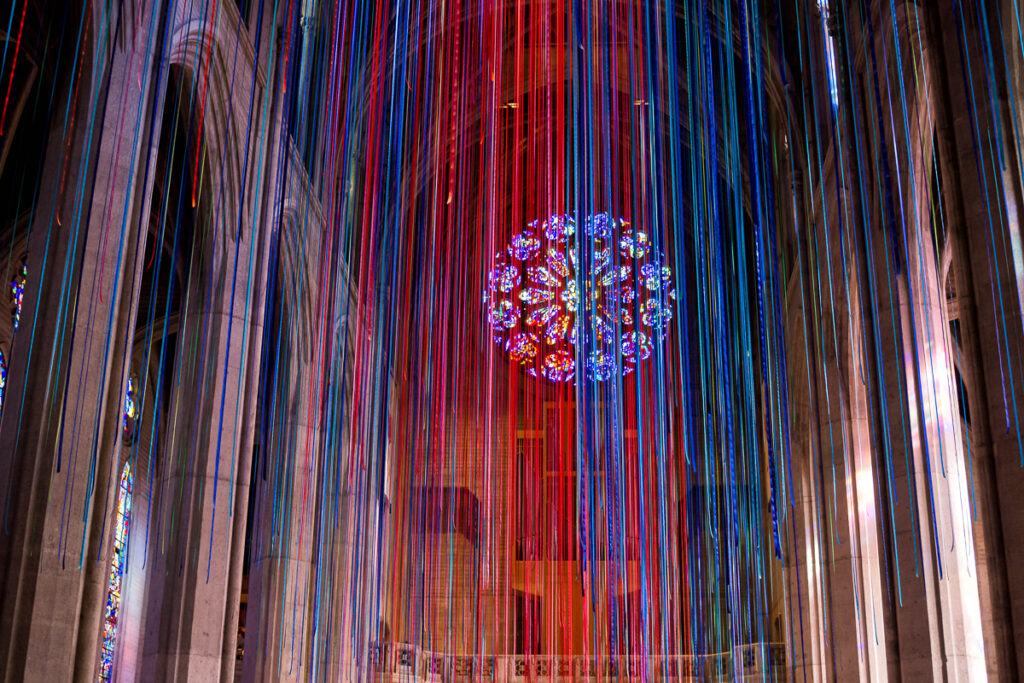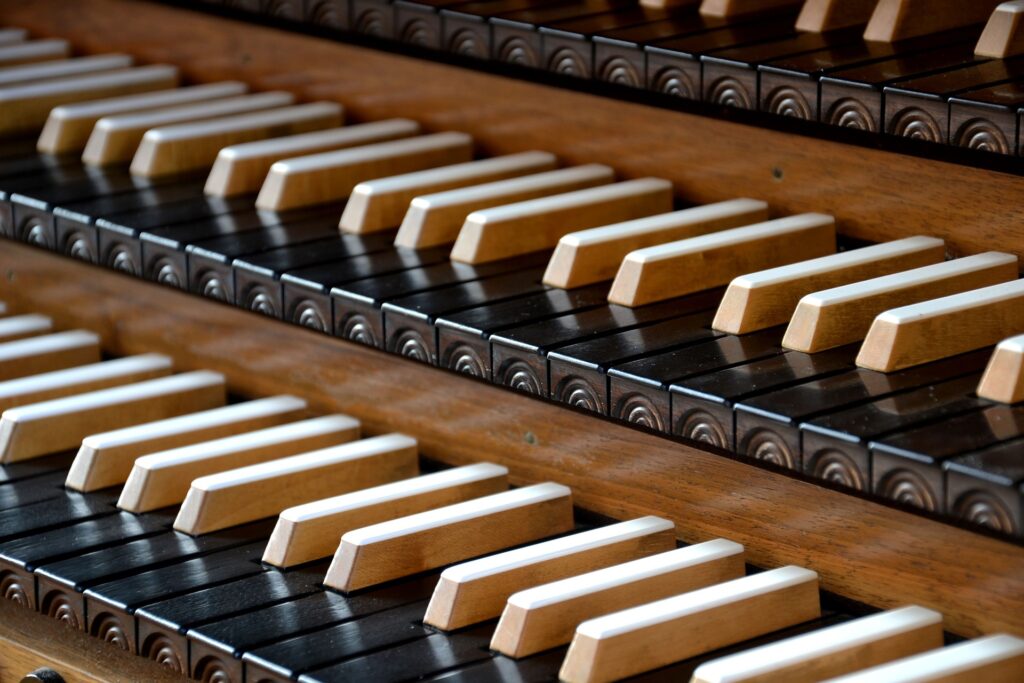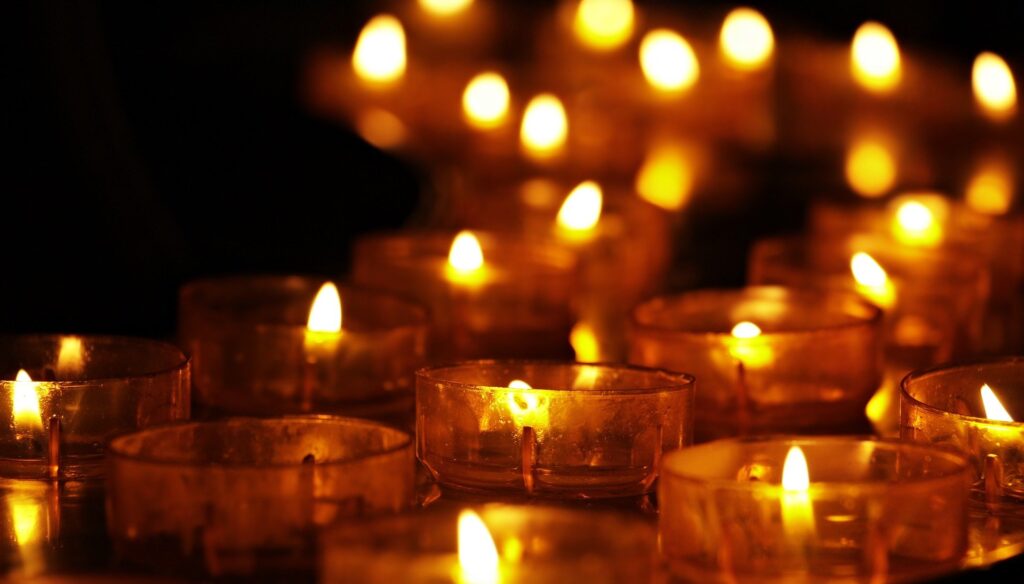It is human nature to see the autumn leaves and sigh with delightful contentment at the gorgeous colors and to smile when seeing the snow on a freshly decorated Christmas tree. No one tries to lead a dull, non-revolutionized lifestyle, unless they are, of course, the Grinch. Humanity is built upon and catapulted by the struggle to find beauty in all things and to pursue excellence in the fields of art, music, literature, and culture.
Just as artistry is deeply connected to humanity, it is also intricately tethered to faith. Karen Swallow Prior describes this connection beautifully in her work with Religious News Service. Her article, “Beauty is the extravagance that makes us human”, explicitly explores how beauty has impacted Christianity and humanity throughout centuries. She also explains the importance of art and its cost to both the artist and viewer.
Prior begins her article with the idea of the cost of art. She explains this through the story of Jesus, Mary, and her cherished alabaster box:
While Jesus was in Bethany in the home of Simon the Leper, a woman came to him with an alabaster jar of very expensive perfume, which she poured on his head as he was reclining at the table. When the disciples saw this, they were indignant. “Why this waste?” they asked. “This perfume could have been sold at a high price and the money given to the poor.”
The author continues to prove the worshipful sacrifice of beautiful things by stating that “it is sometimes puzzling to see how we rationalize great resources being expended on things that do not produce tangible or measurable results”, but “it is also essential to our humanity”. She proves that beauty’s impact goes beyond material satisfaction for humans, who are often too naive to see the depth of God’s gifts.
Prior also emphasizes that “the ability to appreciate [art] and cultivate it reflects our nature as beings made in the image of God, the creator of and source of all beauty”. Christians follow the fashions of God the Father when they create something, anything to glorify him.
The writer reminds her audience of the truth that “a culture that suppresses the hunger for beauty sometimes tries to fulfill it with cheap substitutes”. Prior uses St. Augustine’s work to display this need for true beauty: “I tasted Thee, and now hunger and thirst for Thee: Thou didst touch me, and I have burned for Thy peace”. After a realization of Christ’s beauty, no dull or mundane worship will ever seem acceptable again.
She ends her journey into the facets of how beauty influences Christian faith and offerings with profound conclusions:
“We do not appreciate this peace or this beauty apart from the atoning sacrifice of Christ on our behalf, one that came, like the expensive perfume the woman poured on him, at a high price. A sacrifice for beauty is a steeple that points to him”.
Prior’s full work can be found here.







